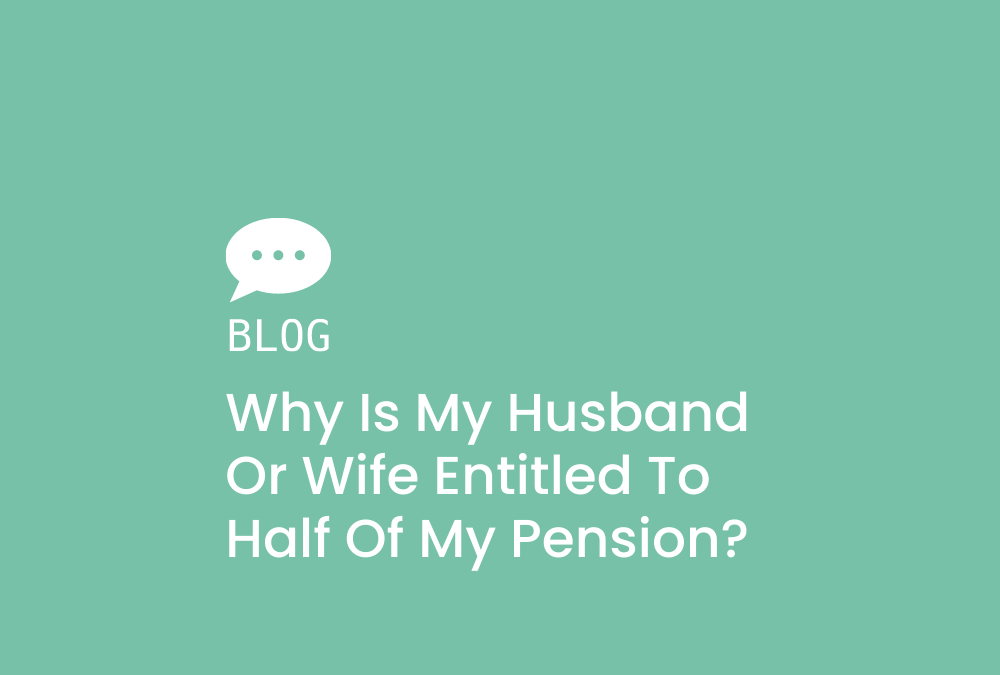The issue of pensions on divorce can be rather emotive and a bone of contention for many separating couples. It may be that the person who’s built up their own pension feels aggrieved that they are having to share it with their husband or wife who has failed to establish a pension pot. On the other hand, the person seeking half of their spouse’s pension may feel they are duly entitled to the pension on the basis that they have been unable to build up a comparable pension pot if, for example, they have had gaps in their career to raise a family.
The power of the court to deal with pension assets on divorce comes from statute law namely the Matrimonial Causes Act 1973 sections 24 and 25.
The court has the power to make the following orders in relation to pensions on divorce:
Pension Sharing Order
A pension sharing order involves a percentage of one party’s pension being transferred to the other party and put in a scheme either internally or externally in the receiving party’s name. At that point, neither party has any further interest in the other’s pension pot and they can each build up their respective pensions without claim from the other.
Pension Attachment Order
A pension attachment order is where a percentage of one party’s pension is set aside for the other party to claim upon retirement. The pension remains with the paying party and the risk with PAO’s is that the receiving party could lose their entitlement to the pension if they remarried or the scheme member dies.
Pension Offsetting
The court can make an order such as a lump sum order or a property adjustment order in lieu of a pension sharing or pension attachment order. This is known as “Offsetting”. This involves offsetting the amount that one party is entitled to from the other party’s pension with other assets such as the equity in a property or cash savings.
With any of the above options, it is fundamental to obtain specialist legal and financial advice in order to ensure that any order relating to pensions is fair with full appreciation of the value of the assets involved.
When it comes to how pensions are shared on divorce whether, by pension sharing, attachment or offsetting, the general principle is that pensions accrued during the marriage are subject to the sharing principle (White v White). Pensions built up during the marriage are considered matrimonial assets and as such the starting point is that they should be shared equally. In those circumstances, pensions would be equalised. In order to calculate how to achieve equalisation specialist financial advice is needed.
Whether your husband or wife will be entitled to half of your pension will depend on a number of factors including whether:
- he or she has his/her own pension fund which needs adding to the pot before equalising;
- was the entirety of the pension built up during the marriage (including prior cohabitation) or is there any pre-marriage or post-separation accrual?
- Will equalisation of the pensions meet the parties’ needs?
- The age of the parties including whether they are of a similar age and how far away they are from retirement.
If you would like any further advice or assistance in respect of the treatment of pensions on divorce, contact our expert family law team on 0113 322 9222 or enquiries@consilialegal.co.uk
Laura Clapton, Family Law Director & Mediator – Consilia Legal

